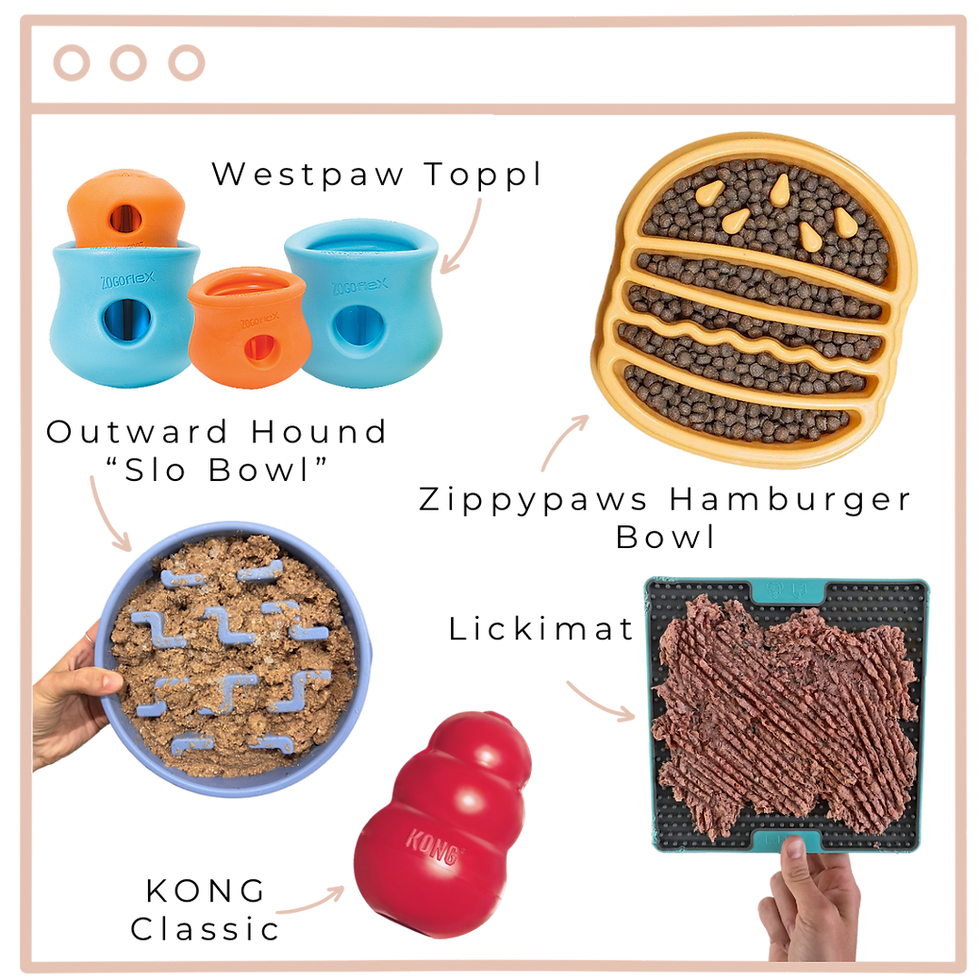Mastering Puppy Basics: Potty Training Perfection.
- brigittewatterson

- Jul 30, 2024
- 3 min read
Understanding the best practices for potty training is essential for a happy and clean home. It requires patience, consistency, and a bit of strategy to teach your pup where to go when they need to relieve themselves. Let's dive into the key aspects of potty training, including timing, techniques, and tips for apartment living.

Understanding Your Puppy’s Potty Needs
Puppies have small bladders and need to relieve themselves frequently. Here are common times when puppies need to go:
First thing in the morning: Take your puppy out as soon as they wake up.
After meals: Puppies usually need to go about 10-15 minutes after eating.
After drinking water: Monitor your puppy's water intake and take them out shortly after they drink.
After playtime: Physical activity stimulates the bladder and bowels.
After naps: Like in the morning, puppies often need to go right after waking up.
Before bedtime: Ensure your puppy relieves themselves before settling down for the night.
Every 45 minutes:
Tips for Potty Training Puppies
1. Establish a Routine
Consistency is key in potty training. Create a schedule and stick to it. Take your puppy out at the same times every day to the same spot. This helps them understand when and where they should go. Puppies thrive on routine. Having a consistent schedule helps them understand when it’s time to eat, play, and go potty. I like to set a timer between 30-45 minutes and taking puppies out once the timer goes off. Young puppies might need 1-2 bathroom break in the middle of the time too.
2. Choose a Designated Spot
Pick a specific spot for your puppy to relieve themselves. The familiar scent will encourage them to use the same area. Praise and reward them immediately after they go to reinforce the behavior.
3. Use Crate Training
Crate training can be highly effective for potty training. Dogs naturally avoid soiling their sleeping area. Make sure the crate is the right size—large enough for your puppy to stand and turn around but not so large that they can use one end as a toilet.
4. Watch for Signs
Learn to recognize the signs that your puppy needs to go, such as sniffing the ground, circling, or whining. When you see these signs, take them outside immediately. Keep a close eye on your puppy, especially after eating, drinking, and playing. If you are unable to watch your puppy, they should be in their crate or play pen.
5. Positive Reinforcement
Always use positive reinforcement. Praise and reward your puppy with treats and affection immediately after they go in the right spot. Avoid punishment for accidents, as it can create fear and confusion.
Dealing with Accidents
When potty training puppies, accidents are part of the process. Here’s how to handle them:
Stay Calm: Don’t scold or punish your puppy. Clean up the mess calmly and thoroughly to remove any scent that might attract them back to the same spot.
Use Enzyme Cleaners: These cleaners break down the proteins in urine and feces, effectively removing the odor.
Reevaluate Your Schedule: If accidents are frequent, your puppy might need more frequent potty breaks.
Limit Free-Roaming: Puppies shouldn't have full access to the house. Keep doors closed or use a playpen to prevent your puppy from wandering off to find a secret place to use the bathroom without you knowing.
Interrupt and Redirect: If you catch your puppy in the act, gently interrupt them and take them to the designated potty spot.
Potty Training in an Apartment
Potty training in an apartment presents unique challenges, but with the right approach, it can be done effectively.
1. Balcony Potty Area
If you have a balcony, you can set up a potty area with artificial grass or a pee pad. This gives your puppy a convenient and consistent place to go.
2. Elevator Training
If you live in a high-rise, factor in elevator trips. Carry your puppy to avoid accidents on the way down. Over time, they’ll learn to hold it until you reach the designated potty area.
3. Schedule Frequent Breaks
In an apartment, you might need to take your puppy out more frequently due to limited indoor space. Be proactive and take them out at regular intervals, especially during the early stages of training.
Conclusion
Potty training your puppy requires patience, consistency, and positive reinforcement. By understanding their needs, establishing a routine, and using effective training techniques, you can successfully potty train your puppy, even in an apartment. Remember, every puppy is different, and some may take longer to train than others. Stay patient and persistent, and soon your puppy will be happily and reliably potty trained.




Comments